Finnish author, Sofi Oksanen, looks at the refugee crisis through the historical lens of the Finnish and Estonian experiences.
The only person from my Estonian family who fled to the West during World War II, was a young man who had just turned 18. You may wonder why he was the only one. Since the refugee crisis started, the same question has been popping up in Finland over and over again: why there are so many young men coming, and so few women and children?
Because our family didn’t have enough money, that young boy was the only one who they could afford to help. Fleeing was very expensive back then – just as it is today. And if you have little money, it’s obvious who will be chosen to escape. It’s always the young boys and men – those who would be forced to join the army, the army of the enemy. According to international law, it is illegal for occupying forces to recruit locals, but nobody cares about those rules during war. During World War II, Estonia was occupied twice by the Soviets, once by the Germans, and they all wanted Estonians to join their ranks. The young man’s mother collected everything she could to get her son away, this time, to escape the German army.

My grandmother would’ve wanted to flee as well. But there were multiple reasons for why she didn’t. My grandfather was hiding in the forest – he was a Forest Brother who wouldn’t leave his country, let alone join the enemy ranks, and was ready to resist. She had small children, little money, and was horrified by the idea of crossing the sea in a small boat.
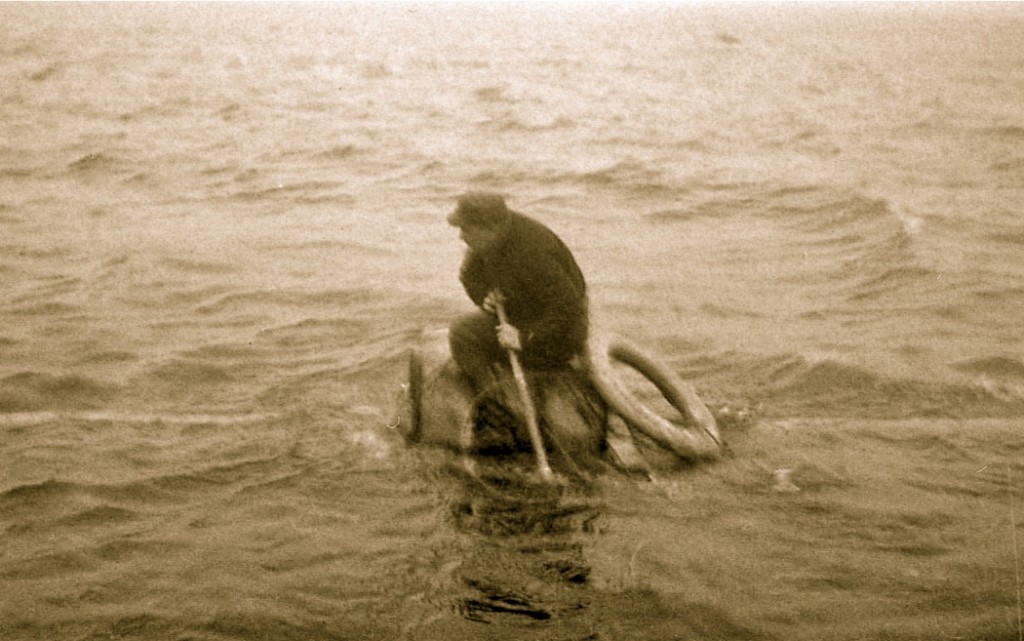
But this particular young man managed to flee, and he first went to Finland, where he saw his name on a poster at the railway station. The poster listed the names of wanted Estonians who were considered criminals for avoiding conscription, so he decided to find a ship to take him to Sweden. The ship sank, yet he was a young man with a young man’s strength, and managed to reach the shore by hanging onto a piece of timber. He didn’t know if anyone else had been able to save themselves, but he had. Young men tend to survive shipwrecks better than women, children and the elderly.
However, he didn’t stay in Sweden – it was too close to the Soviet Union. At the time no one knew how far the warring enemies would go or if they would cross Swedish borders as well. He kept moving and ended up living in the United States. He didn’t dare tell anyone in Estonia that he was alive until the 1960s, when he sent a letter to his mother who was overcome with joy. He started to regularly send chiffon scarves to her which were just thin enough to fit into an envelope. In the Soviet Union these fashionable scarves were hard to get, so she could sell them for a good price. The scarves really helped her – she couldn’t get a good job in the Soviet Union because she was from the wrong family, and she was a Baptist. At the time, there was no talk about the reunification of families and the Soviet Union wouldn’t have allowed it anyway. So those who left, left knowing that they most likely wouldn’t see their family members ever again; and many of them didn’t.
Families were scattered around the world and large emigrant communities were formed in countries like Sweden, Australia, Canada and the United States. In every single Estonian family there’s someone who’s fled to the West. And there’s someone who was deported to Siberia. Being forced to flee and being deported to Siberian camps are two sides of the same coin; on one side, being forced to leave your home, leave your country, leave the people you loved – and the other, shattered family ties. Nobody did it for fun or adventure. They did it because they had no other choice.
Excerpt from Canadian documentary film “Outside The Sphere”, about Baltic WWII refugees
Most of the refugee communities considered it their duty to keep Estonian culture alive in exile. Just like all of the world’s refugees, they wished for their kids to become doctors or lawyers – to find a profession that would be needed when it came time to reclaim independence and rebuild the country. At the same time, no one outside of these communities believed that the Baltic States would ever regain their independence and that the Soviet Union would collapse. At this very moment, those who are fleeing today’s crisis regions are also likely to rebuild their homeland again some day – just like the descendants of the Estonian refugees, who did their part after Estonia regained its independence. Dictatorships never manage to last forever, despite their attempts to convince themselves and the rest of the world that they will.
Being forced to leave your home is something that all Estonians have very strong feelings about, just like those from other nations whose own citizens are living in diaspora. That’s why news about Syrian or Ukrainian refugees is so very painful, and why it pains me to see how little we remember about our own past. That’s the only explanation for the hatred, the rise of extreme right wing sentiments and the populist arguments that people are ready to swallow despite the lack of truth in any of them.
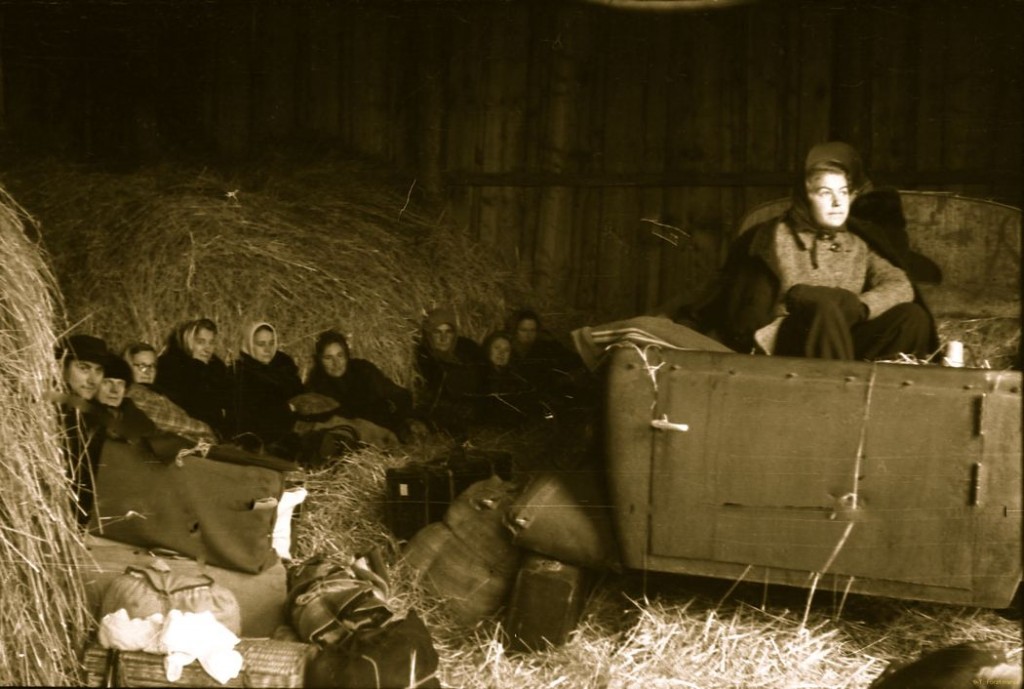
The current refugee crisis is not the worst one we’ve ever encountered. Only 6 percent of the refugees of the world are actually in Europe. And consider our recent history: After the revolutions in Russia, 1.4 million people came to Europe. After World War II, there were 65 – 70 million people who had lost their homes, and the Balkan wars forced 2.3 million people to leave their homes. Even Finland, known to have few foreigners, has had lots of refugees in the past. In the 1920s and 1930s, Finland was a very popular transit country and we had more refugees than any other Nordic country. Most of them might’ve stayed, had it not been for the economic recession that hit the country and forced them to continue on their journeys.
After World War II started, Finland became a transit country for Estonian refugees. They were afraid of being extradited to the Soviet Union. Even Sweden returned many Estonians to the Soviets, so their fears weren’t baseless. The deportation of those Estonians continues to weigh on the Swedish conscience and they have repeatedly expressed their official and unofficial regret for having done so. In Finland, we acted upon the regrets of our past decisions back in the 1990s, when president Mauno Koivisto launched a repatriation program for Ingrian Finns living in the former Soviet territories. They had come to Western Finland as internal refugees, but after the Moscow Armistice in 1944, they were extradited to the Soviet Union and their fate was not a good one: they were not allowed to return to their homes. Due to the length of time they spent in Finland and their exposure to freedom in Finland, they were considered untrustworthy by the Soviet authorities and were deported deeper into the Soviet Union. I am sure that internationally, the Soviet Union was considered a safe country to return to. Just like our immigration office currently believes that the refugees they extradite now can return to their home country safely so long as they choose a different city to live in, and not the one in which they were persecuted. This is logic born out of a democratic state, and in democratic states, decisions are not made following the realities of a non-democratic state.
The way we are now dealing with refugees is something that future generations will not understand.
I have written about the Estonian diaspora, genocide, refugees and deportations. Future authors will write these same stories, but will set them to our times.
Despite all this, no one in Finland defined Finland as an immigration country until the 1990s. We didn’t have public discourse about racism before the 1990s either. After World War II, we had a national mission to unite the nation. All of this has made Finland into a country living in a lie: we’ve always had refugees living amongst us, but we pretended like we didn’t. We also had 400 000 internal refugees originally from Karelia, which Finland lost to the Soviet Union. They were called “evacuees” and not internal refugees, which hurt some of them badly because they did not leave their home of their own free will. Ever since the
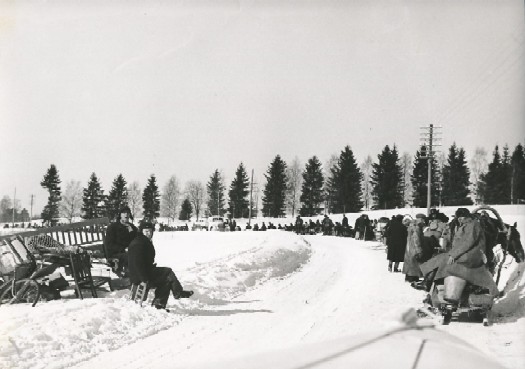
latest refugee crisis hit, the discussion about Finland’s own internal refugees has heated up. Some of them and their descendants feel great empathy towards the new refugees, but some feel insulted by being defined as such. They say it’s a totally different matter, and they seem to perceive some insult in the word “refugee”; as something to be ashamed of. Old wounds have been torn open again: those fleeing Karelia weren’t welcomed by Finns with open arms. They were called “Russians” and “infidel dogs”, because many of them were Orthodox and Finland was a very Lutheran country. Finland still is, in fact, a Lutheran country – having Orthodox newcomers didn’t make Finland an Orthodox one. That’s why I find it so strange today that many Finns have a fear that Finland might be taken over by Islam, just because we have a small number of Muslim refugees. Estonia was occupied by an atheist empire, but that didn’t make Estonia an atheist country in the end. Nor did Estonia become an Orthodox one, even though many of the Russians coming to the country were Orthodox by faith, and that the total number of them was huge – the population of Tallinn, for example, doubled in just a few years.
In Estonia, the heated debates about refugees has a different background. After the Soviet Union occupied the country, Estonians had to endure years of state imposed Russification. When the occupation started, hundreds of thousands of Russians were relocated into the country, of just one million people, making -among other things- the matter of housing very problematic. The newcomers became A-class citizens while the Estonians formed the lower class, just at a time when Soviet propaganda slogans loudly boasted about the equality of all people. I still remember, how taxi drivers – most of them Russians – didn’t let you into their cars if you spoke Estonian. They pretended you didn’t exist. So did retail sales personnel – and most of the shop assistants were Russians. In a country where there was a shortage of everything, a position in a shop was a very privileged one. It was blatant racism, but it wasn’t called that – officially racism didn’t exist in the Soviet Union. If the word racism was used in the Soviet language, it was only to taint the United States and other capitalist countries; it was considered a capitalist problem. That’s why the racism discourse, the way we understand it in the West, didn’t exist until recently, and is progressing with baby steps.
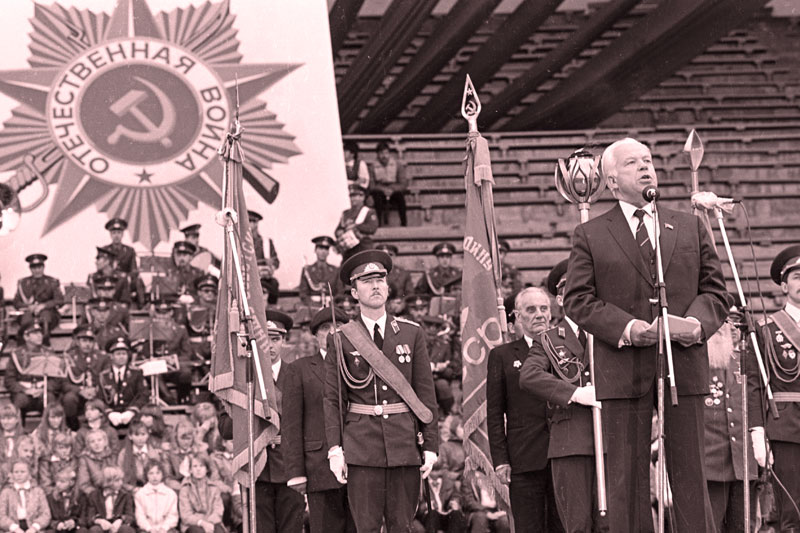
The social memory of immigration is totally different in Estonia and other Eastern European countries than in the Western countries. In these territories, people are used to only one kind of immigrant: the occupiers. The reluctance to take in new refugees is based in a complicated mix of history, economics and the fact that nobody actually cared about the persecution the indigenous people had to deal with in occupied territories. Therefore, Western talk about human rights sounds very hypocritical to the ears of the Central and Eastern European.
So the question is, how hypocritical are we going to look in the eyes of future generations? In our own countries or in the Middle-East? Will the next generation ask the same questions we asked about Hitler and the Holocaust: “how could you let that happen?”. Is that how we want to be remembered? And when they do ask those questions, they will be facing the same problems we are facing right now. For instance, in Eastern European countries, it’s very difficult to make people believe in equality and, let’s say, women’s rights. The Soviet Union tainted those words with their propaganda and brainwashing, but that’s not the only reason: it’s difficult, because we have not treated Eastern Europeans like equals. For political reasons we didn’t care about concentration camps in the Soviet Union. So why should they trust our talk about human rights now?
There’s only one difference we have with the past: due to freely streaming information and news, we cannot pretend we don’t know what’s going on.
Text of a speech Sofi Oksanen delivered in Stavanger, Norway, September 2016.

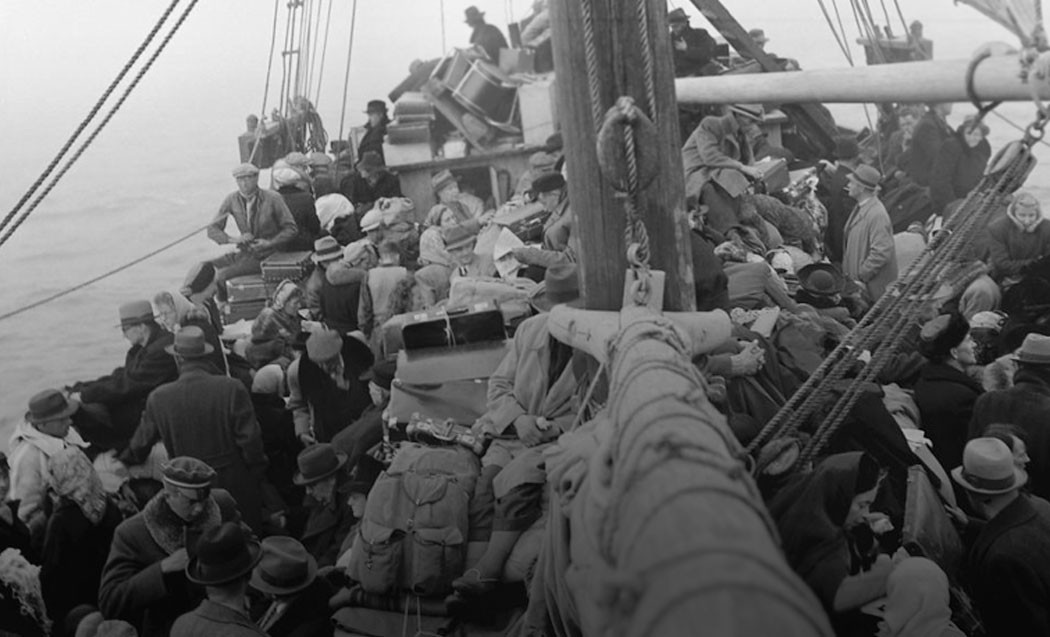
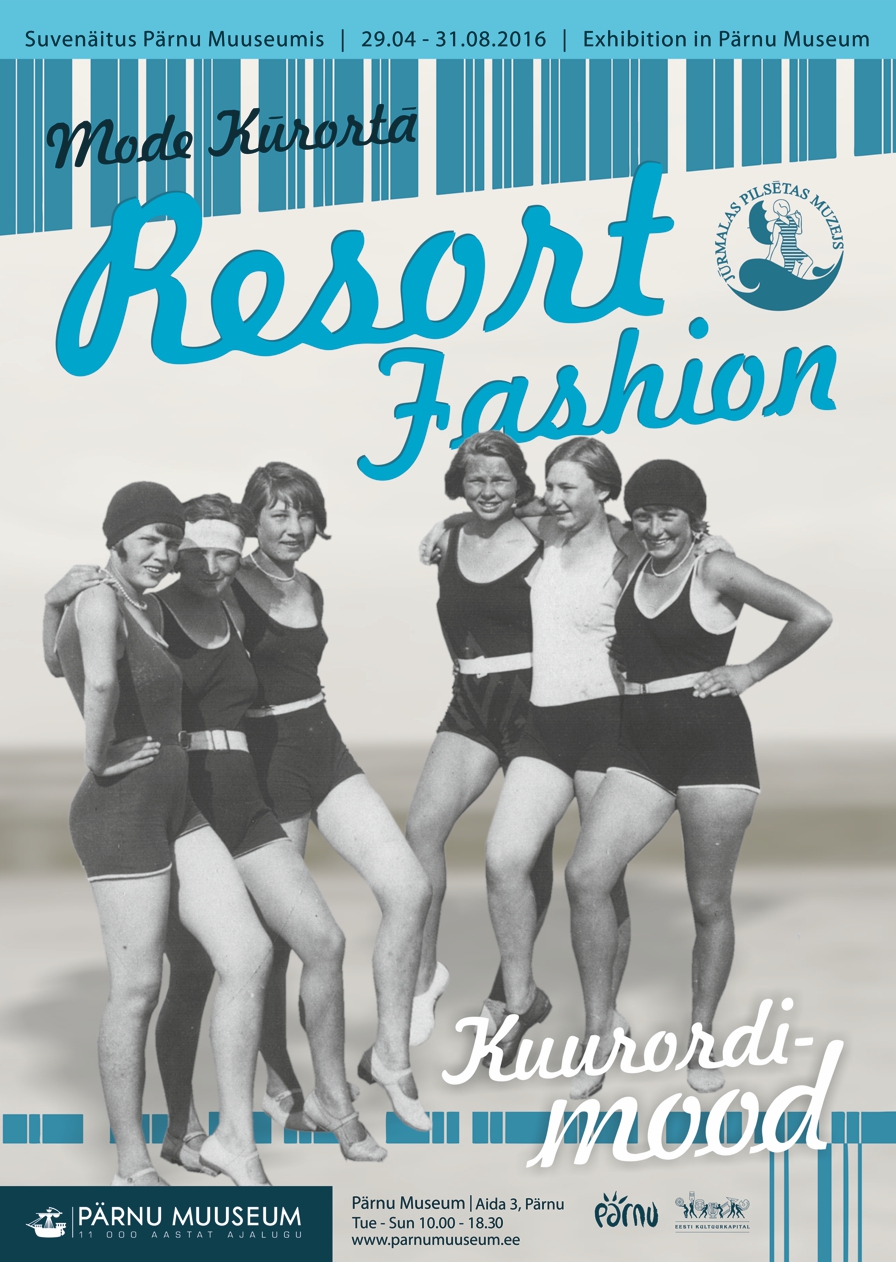
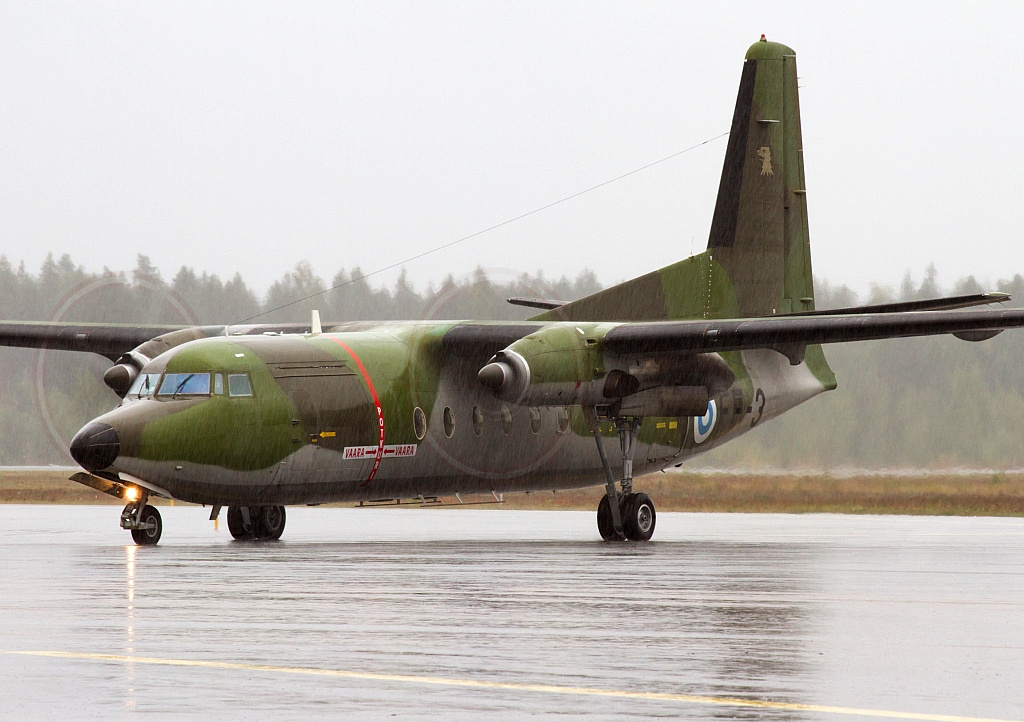
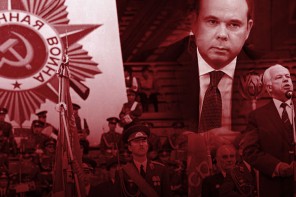

There is a massive difference between the refugees of WW2 and the so called ‘refugees’ heading into Europe now. Most authors conveniently forget to point that out.
The pople fleeing in and after WW2 were escaping imminent death or long term and often incarceration with a fatal end. They were in general of the same race and religion and shared similar cultural vales – and were easily able to blend in.
This is not the case with the vast majority of ‘refugees’ from as far afield as Pakistan and BanglaDesh and sub-Saharan Africa who flock to Europe for financial/lifestyle reasons.
Thank you, Sofi Oksanen. I too was a refugee, fleeing in my father’s small fishing boat to Sweden. I was no different from the thousands of refugees who now flee from the bombs in Syria, Iraq, Afganistan; from their hopeless lives in Pakistan, Bangladesh, wherever.
What was it in the communist system that managed to infect so many of today’s Eastern Europeans, the same ones that are now the recipients of unprecedented help from the European Union, that made them so self-centered, with so little sympathy for the misfortunes of others? Even as they themselves flee enmasse to Western Europe for a better life themselves?
A further thought. Eastern European xenophobia cannot all be blamed on the Russians. Eastern Germany, Hungary, had very few Russians. In Estonia, the Russians living there today are even more anti-immigrant than the native Estonians.
I remember Estonia from the mid-1990’s and how dark it was. Especially people’s apartments. The cabinets were brown, the sofa was brown, the carpet was brown, the curtains, brown, were tightly drawn. There was a 25 watt light bulb somewhere. I doubt if the decor in the rest of the Soviet empire was any different.
Consider spending your life, your youth, in such a closed and brown environment. Would it not help to make you suspicious and xenophobic?